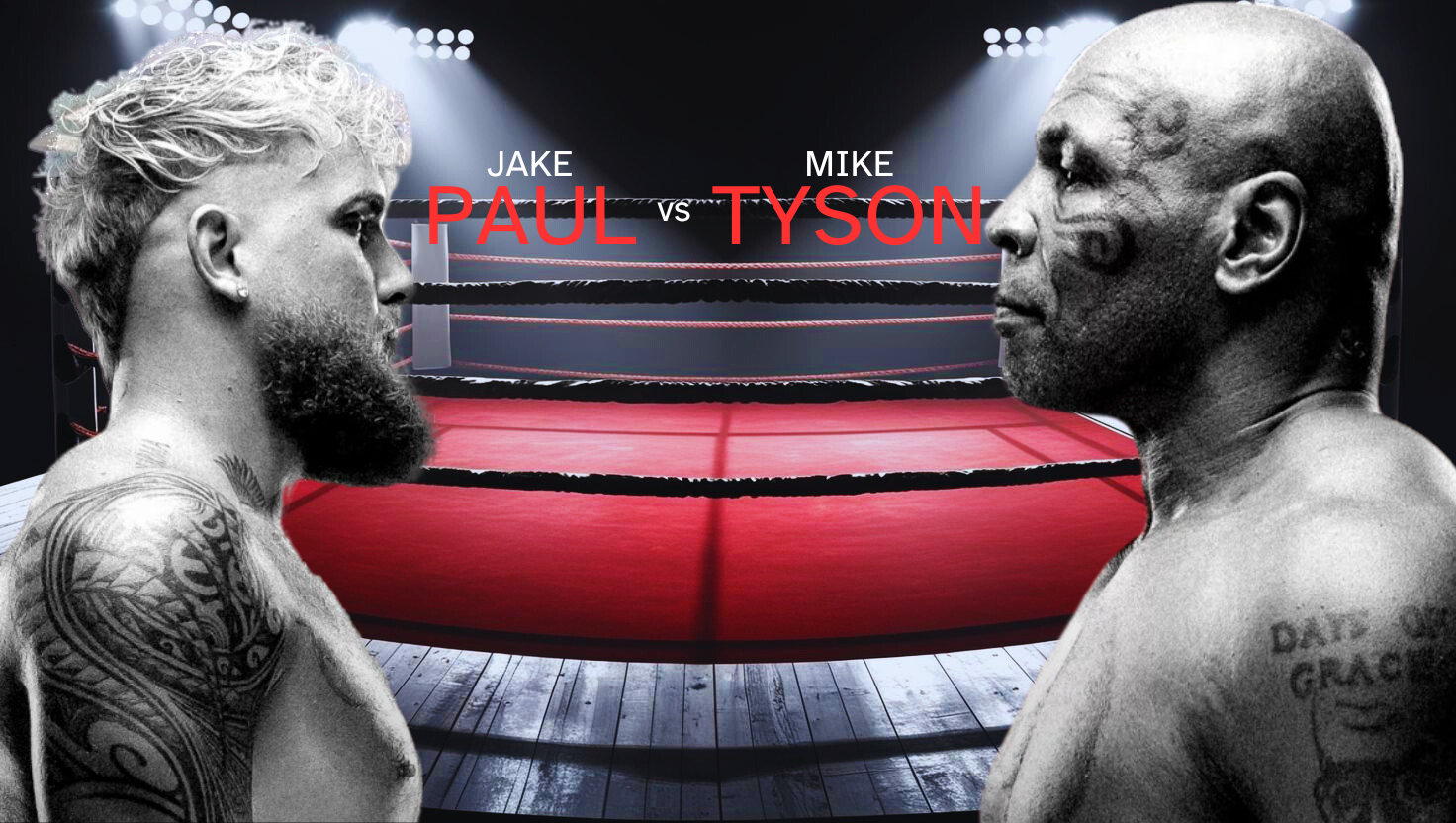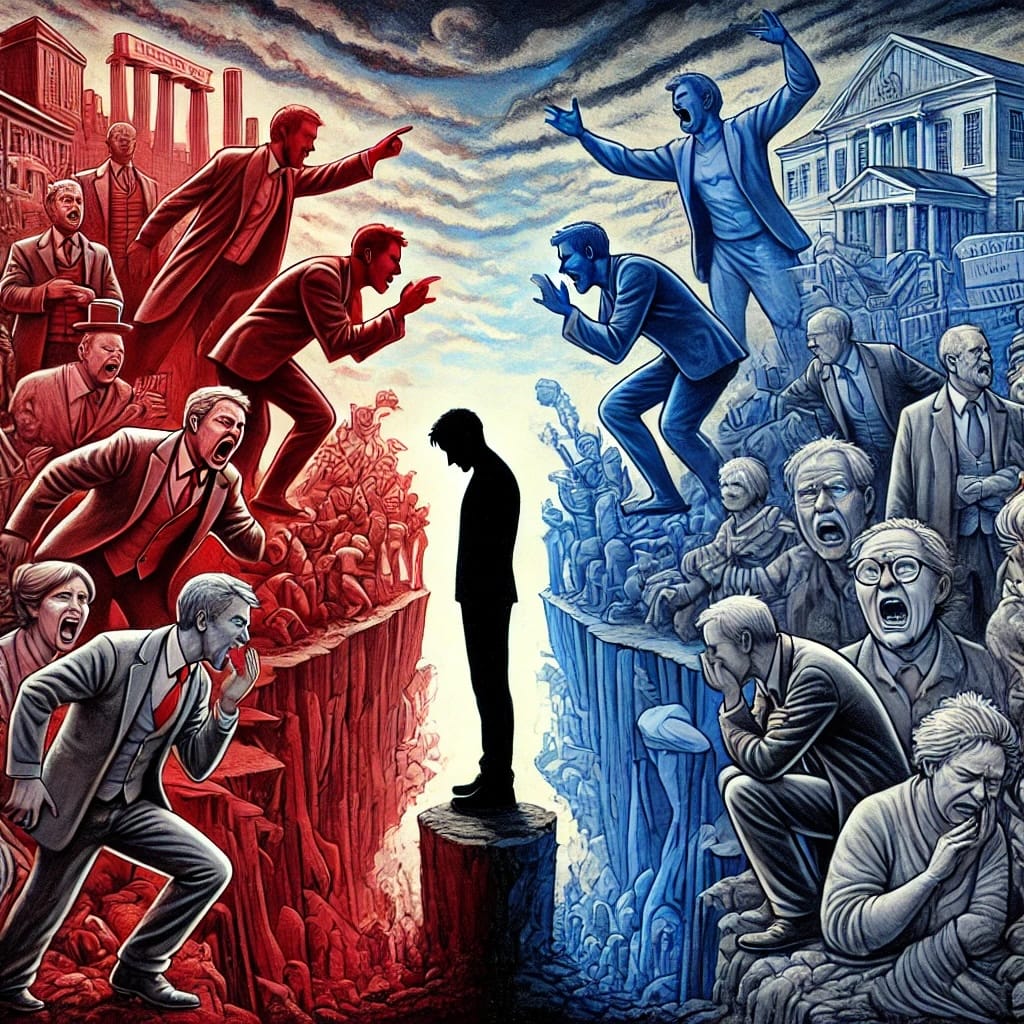Social Anxiety Disorder (SAD) is a common mental health condition that affects millions of people worldwide. It is characterized by intense fear and anxiety in social situations, such as speaking in public, meeting new people, or attending parties. People with SAD often worry about being judged negatively, embarrassed, or humiliated by others. They may avoid or endure social situations with extreme discomfort and distress. SAD can interfere with daily functioning, relationships, education, and work.
If you are struggling with SAD, you are not alone. There are effective treatments and coping strategies that can help you overcome your fears and enjoy social interactions. In this article, I will explain what causes SAD, how to recognize its symptoms, how to diagnose it, and how to treat it. I will also provide some tips and resources to help you manage your social anxiety and improve your quality of life.
What causes Social Anxiety Disorder?
The exact causes of SAD are not fully understood, but researchers believe that it is influenced by a combination of biological, psychological, and environmental factors. Some of the possible causes include:
- Genetics. SAD may run in families, suggesting that some people may inherit a tendency to be more anxious or sensitive to stress.
- Brain structure and function. SAD may be associated with abnormalities in the brain regions that regulate fear, emotion, and behaviour. For example, people with SAD may have an overactive amygdala, which is the part of the brain that triggers the fight-or-flight-or-freeze response.
- Neurotransmitters. SAD may be related to imbalances in the levels of certain chemicals in the brain that affect mood and anxiety, such as serotonin, dopamine, and norepinephrine.
- Temperament. SAD may be more common in people who have a shy, introverted, or inhibited personality. These traits may make them more prone to feeling nervous or uncomfortable in social situations.
- Learning experiences. SAD may develop as a result of negative or traumatic experiences in childhood or adolescence, such as bullying, abuse, rejection, or humiliation. These events may cause people to develop low self-esteem, negative beliefs about themselves and others, and fear of social evaluation.
- Cultural influences. SAD may be influenced by the norms and expectations of one’s culture or society. For example, some cultures may value modesty, conformity, or collectivism more than individuality or self-expression. This may make people more likely to feel anxious about violating social rules or standing out from the crowd.
What are the symptoms of Social Anxiety Disorder?
SAD can cause various physical, emotional, and behavioural symptoms that can vary in severity and frequency depending on the person and the situation. Some of the common symptoms include:
- Physical symptoms. These are the bodily reactions that occur when one is exposed to a feared social situation or anticipates it. They may include:
- Blushing
- Sweating
- Trembling
- Palpitations
- Shortness of breath
- Nausea
- Dizziness
- Headache
- Muscle tension
- Dry mouth
- Emotional symptoms. These are the feelings and thoughts that accompany one’s physical symptoms. They may include:
- Fear
- Anxiety
- Panic
- Nervousness
- Embarrassment
- Shame
- Guilt
- Self-consciousness
- Low self-esteem
- Negative self-talk
- Worrying about what others think or say
- Expecting the worst outcome
- Behavioural symptoms. These are the actions or habits that one adopts to cope with or avoid one’s physical and emotional symptoms. They may include:
- Avoiding social situations or interactions
- Escaping from social situations or interactions
- Using alcohol or drugs to reduce anxiety
- Seeking reassurance from others
- Apologizing excessively
- Seeking perfection or over-preparing for social tasks
- Hiding one’s face or body
- Limiting eye contact or speech
How is Social Anxiety Disorder diagnosed?
According to the Diagnostic and Statistical Manual of Mental Disorders (DSM), the Diagnostic Criteria for Social Anxiety Disorder is as follows:
A. Marked fear or anxiety about one or more social situations in which the individual is exposed to possible scrutiny by others. Examples include social interactions (e.g., having a conversation, meeting unfamiliar people), being observed (e.g., eating or drinking), and performing in front of others (e.g., giving a speech).
B. The individual fears that he or she will act in a way or show anxiety symptoms that will be negatively evaluated (i.e., will be humiliating or embarrassing; will lead to rejection or offend others).
C. The social situations almost always provoke fear or anxiety.
Note: In children, the fear or anxiety may be expressed by crying, tantrums, freezing, clinging, shrinking, or failing to speak in social situations.
D. The social situations are avoided or endured with intense fear or anxiety.
E. The fear or anxiety is out of proportion to the actual threat posed by the social situation and to the sociocultural context.
F. The fear, anxiety, or avoidance is persistent, typically lasting for 6 months or more.
G. The fear, anxiety, or avoidance causes clinically significant distress or impairment in social, occupational, or other important areas of functioning.
H. The fear, anxiety, or avoidance is not attributable to the physiological effects of a substance (e.g., a drug of abuse, a medication) or another medical condition.
I. The fear, anxiety, or avoidance is not better explained by the symptoms of another mental disorder, such as panic disorder, body dysmorphic disorder, or autism spectrum disorder.
J. If another medical condition (e.g., Parkinson’s disease, obesity, disfigurement from burns or injury) is present, the fear, anxiety, or avoidance is clearly unrelated or is excessive.
Specify if:
Performance only: If the fear is restricted to speaking or performing in public.
How is Social Anxiety Disorder treated?
SAD can be effectively treated with psychotherapy, medication, or a combination of both. The most common and evidence-based treatments are:
Psychotherapy. This is a form of counseling that helps one understand and change one’s thoughts, feelings, and behaviours that contribute to SAD. The most effective type of psychotherapy for SAD is cognitive-behavioural therapy (CBT), which teaches one how to:
- Identify and challenge negative beliefs and assumptions about oneself and others
- Replace negative self-talk with positive and realistic affirmations
- Face and gradually overcome one’s fears through exposure exercises
- Develop and practice social skills and coping strategies
- Enhance one’s self-esteem and confidence
CBT can be delivered individually or in groups. Group CBT can be especially helpful for people with SAD, as it provides an opportunity to interact with others who share similar experiences and challenges, receive feedback and support, and practice social skills in a safe and structured environment.
Medication. This is a form of pharmacological treatment that helps reduce the physical and emotional symptoms of SAD. The most commonly prescribed medications for SAD are selective serotonin reuptake inhibitors (SSRIs), which are a type of antidepressant that increase the levels of serotonin in the brain. Serotonin is a neurotransmitter that regulates mood and anxiety. Some of the SSRIs that are approved by the Food and Drug Administration (FDA) for SAD are paroxetine (Paxil), sertraline (Zoloft), and fluvoxamine (Luvox). Other types of medications that may be used for SAD include serotonin-norepinephrine reuptake inhibitors (SNRIs), benzodiazepines, beta blockers, and monoamine oxidase inhibitors (MAOIs). However, these medications may have more side effects or interactions than SSRIs. Medication should always be taken under the guidance of a health care provider who can monitor its effectiveness and safety.
How can you manage your Social Anxiety Disorder?
In addition to seeking professional help, there are some self-help strategies that you can use to cope with your social anxiety and improve your well-being. Some of these strategies are:
- Educate yourself. Learning more about SAD can help you understand your condition better and reduce the stigma and shame associated with it. You can read books, articles, blogs, or watch videos on SAD from reputable sources. You can also join online forums or support groups where you can share your experiences and learn from others who have SAD.
- Practice relaxation techniques. Relaxation techniques can help you calm your body and mind when you feel anxious or stressed. Some of the relaxation techniques that you can try are deep breathing, progressive muscle relaxation, meditation, yoga, tai chi, or listening to soothing music.
- Exercise regularly. Exercise can help you release endorphins, which are natural chemicals that make you feel good and reduce stress. Exercise can also improve your physical health, mood, energy, and sleep quality. Aim for at least 30 minutes of moderate physical activity on most days of the week. Choose an activity that you enjoy and that suits your fitness level.
- Eat healthy. Eating a balanced diet can help you nourish your body and brain and provide you with the nutrients that you need to function well. Avoid foods that may worsen your anxiety symptoms, such as caffeine, alcohol, sugar, or processed foods. Instead, opt for foods that may boost your mood and brain health, such as fruits, vegetables, whole grains, lean proteins, nuts, seeds, fish oil, etc.
If you are or someone you know is experiencing mental health issues, I strongly encourage you to seek help. Please contact your GP or mental health provider today.
There is no shame in seeking help for your mental health and well-being. You are not alone, and you deserve to feel better.













Discussion